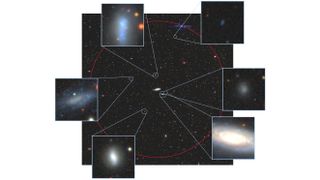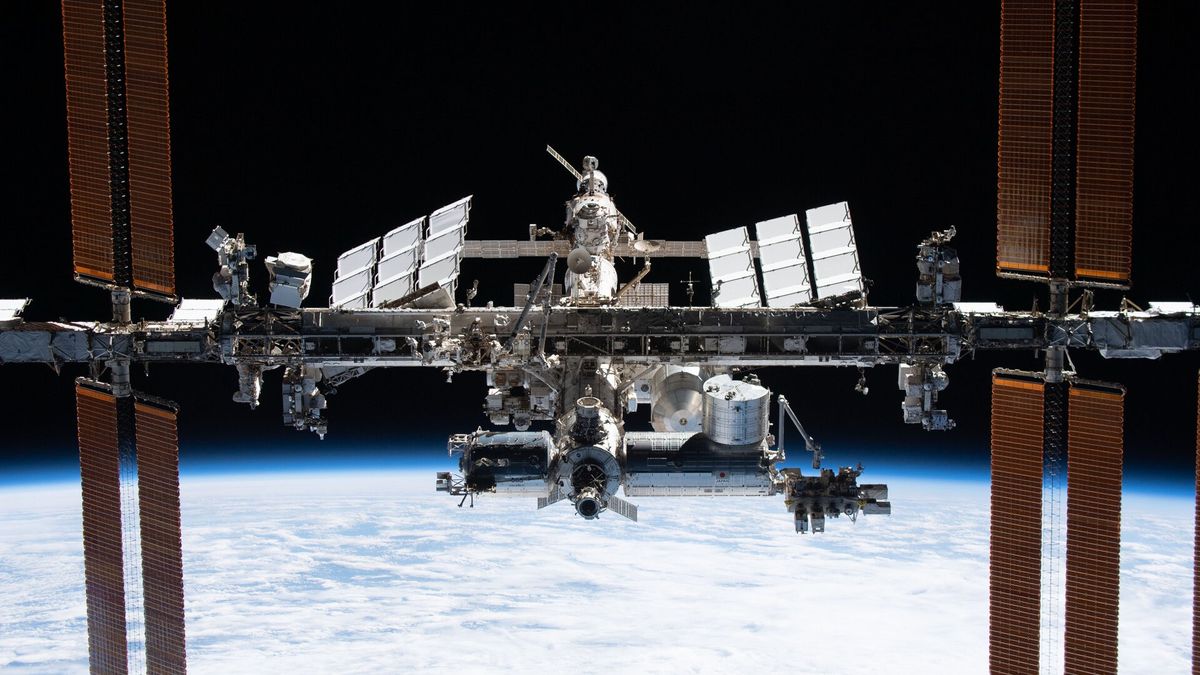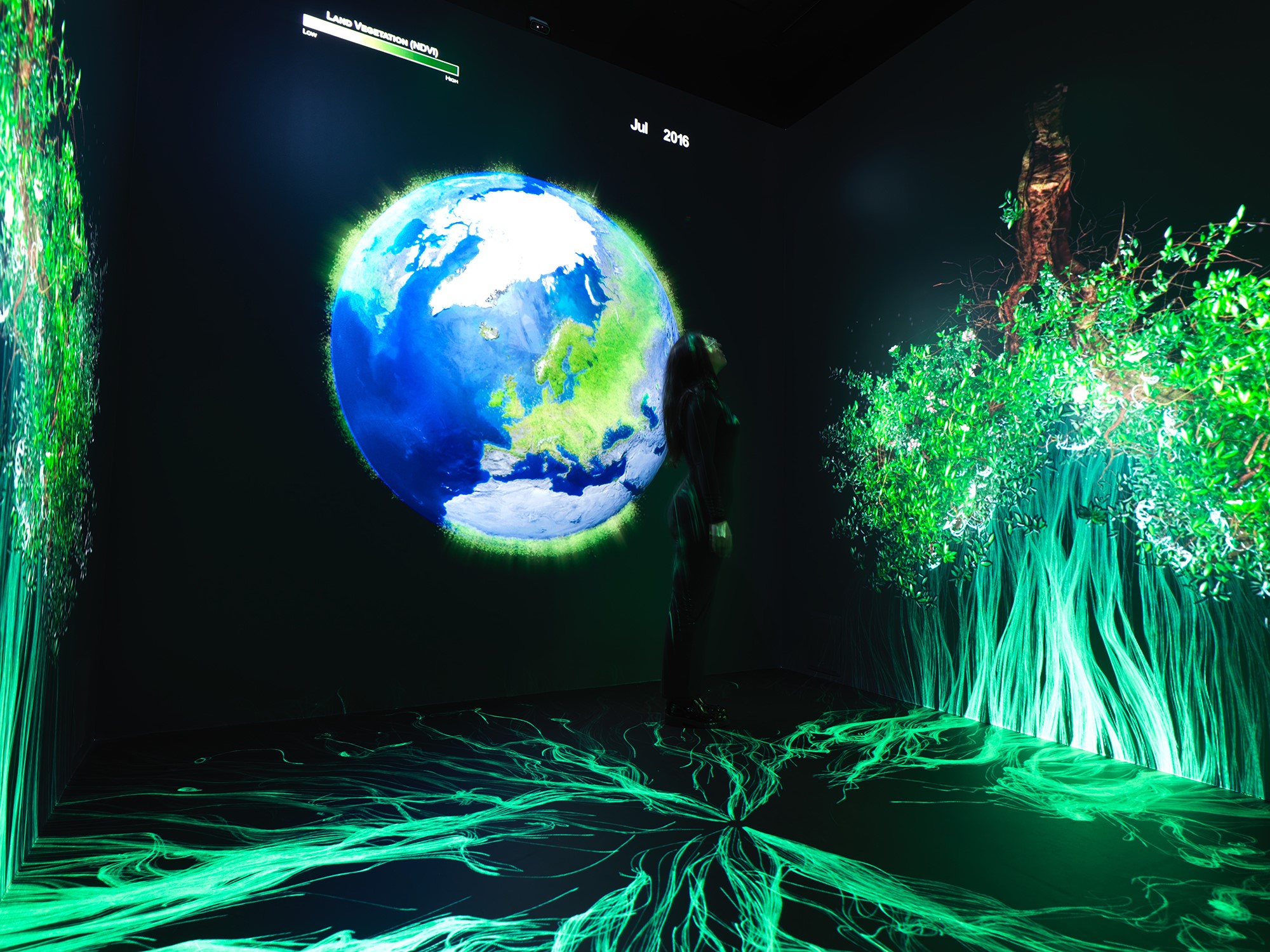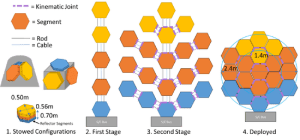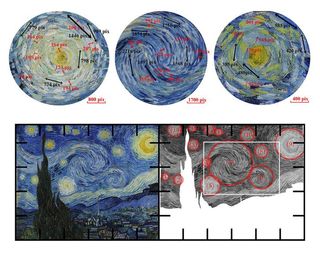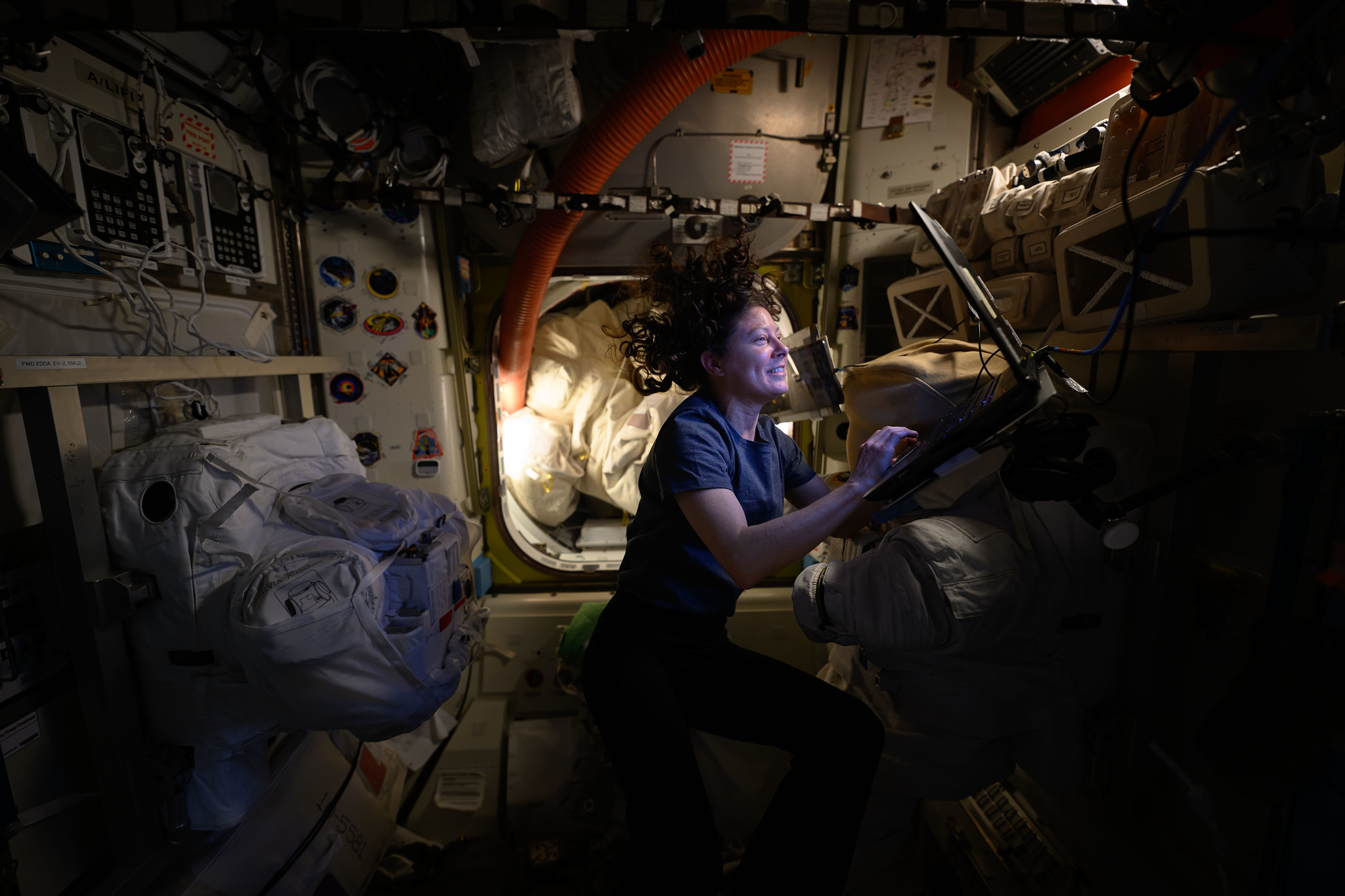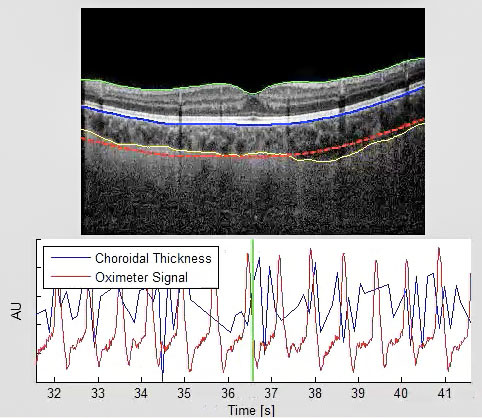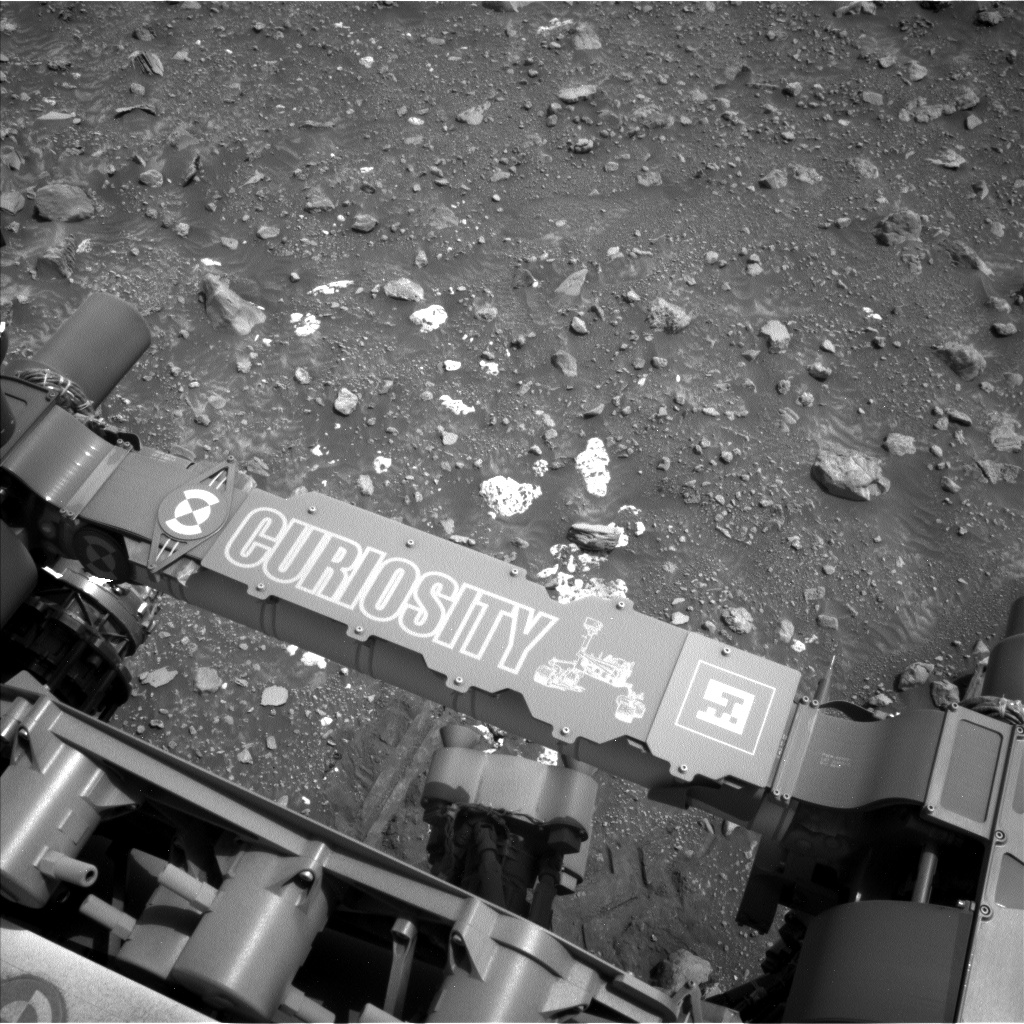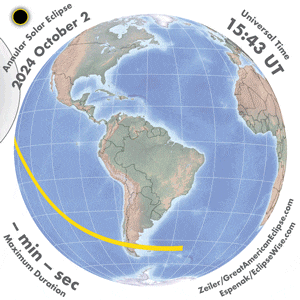The Milky Way’s system of small, orbiting satellite galaxies is quite unusual, a new 12-year study of other galaxies in the local universe has found. The Satellites Around Galactic Analogs (SAGA) survey is being conducted by a small group of astronomers to learn how the Milky Way and its little retinue of dwarf satellite galaxies compares to other galaxy systems. “The Milky Way’s satellite population is a unique combination of small satellites containing only older stars, and its two largest satellites, which are actively forming new stars,” says Marla Geha,…
Read MoreMonth: September 2024
NASA Continues Advancing STEM for Students Through New Partnership
2 min read Preparations for Next Moonwalk Simulations Underway (and Underwater) President and CEO of the Hispanic Heritage Foundation Jose Antonio Tijerino, left, and NASA Deputy Administrator Pam Melroy, sign a Space Act Agreement between the HHF and NASA to collaborate and expand STEM opportunities for Latino K-12 and university students and reduce barriers to agency activities and opportunities, Monday, Sept. 30, 2024, at the NASA Headquarters Mary W. Jackson Building in Washington. NASA/Bill Ingalls During an event at NASA Headquarters in Washington Monday, the agency and the Hispanic Heritage…
Read MoreHeart tissues beat half as strongly on the ISS as they do on Earth
What effects does spaceflight have on an astronaut’s heart? This is exactly the question that prompted scientists from Johns Hopkins University to send 48 bioengineered heart tissue samples to the International Space Station, where they were monitored for 30 days and compared to identical samples on Earth. The team examined how low gravity impacts things like the cells’ strength of contraction, known as twitch forces, and any irregular beating patterns. The results were concerning — the scientists found that heart cells “really don’t fare well in space,” beating with about…
Read MoreNASA Invites Media to Preview its Museum Earth Information Center
Space for Earth is an immersive experience that is part of the Earth Information Center. Credit: NASA Media is invited to preview and interview NASA leadership ahead of the opening of the Earth Information Center at the Smithsonian National Museum of Natural History at 10 a.m. EDT, Monday, Oct. 7. The 2,000-square-foot exhibit includes a 32-foot-long, 12-foot-high video wall displaying Earth science data visualizations and videos, an interpretive panel showing Earth’s connected systems, information on our changing world, and an overview of how NASA and the Smithsonian study our home…
Read MoreNASA Seeks Innovators for Lunar Waste Competition
4 min read Preparations for Next Moonwalk Simulations Underway (and Underwater) By Savannah Bullard A new NASA competition, the LunaRecycle Challenge, is open and offering $3 million in prizes for innovations in recycling material waste on deep space missions. As NASA continues efforts toward long-duration human space travel, including building a sustained human presence on the Moon through its Artemis missions, the agency needs novel solutions for processing inorganic waste streams like food packaging, discarded clothing, and science experiment materials. While previous efforts focused on the reduction of trash mass…
Read MoreVan Gogh’s ‘Starry Night’ surprisingly adheres to the laws of physics, scientists find
Vincent van Gogh’s “The Starry Night” is undoubtedly one of the most famous paintings in the world, instantly recognizable for its vibrant colors and dramatic brushstrokes that create what appears to be a sky in motion. But did you know that its night sky depiction actually follows the real laws of physics? While the scene does take liberty in terms of what our eyes witness in the sky — we don’t necessarily see eddies dancing between the stars — scientists have determined those eddies indeed adhere to the laws of turbulent flow.…
Read MoreNASA Astronaut Tracy C. Dyson to Discuss Science, Station Mission
NASA astronaut Tracy C. Dyson works on a computer inside the International Space Station. Credit: NASA NASA astronaut Tracy C. Dyson will share details of her recent six-month mission aboard the International Space Station in a news conference at 11 a.m. EDT Friday, Oct. 4, at the agency’s Johnson Space Center in Houston. The news conference will air live on NASA+ and the agency’s website. Learn how to stream NASA content through a variety of platforms, including social media. Media interested in participating in person must contact the NASA Johnson newsroom no…
Read MoreStation Science Top News: Sept. 27, 2024
Researchers found that long-duration spaceflight affected the mechanical properties of eye tissues, including reducing the stiffness of tissue around the eyeball. A better understanding of these changes could help researchers prevent, diagnose, and treat the vision impairment often seen in crew members. SANSORI, a Canadian Space Agency investigation, examined whether reduced stiffness of eye tissue contributes to vision impairment in astronauts on long-term missions. This condition, known as Spaceflight Associated Neuro-Ocular Syndrome, or SANS, includes a range of physical changes to the eyes. This paper suggests that biomechanical changes in the eye…
Read MoreSols 4318-4320: One Last Weekend in the Channel
Curiosity Navigation Curiosity Home Mission Overview Where is Curiosity? Mission Updates Science Overview Instruments Highlights Exploration Goals News and Features Multimedia Curiosity Raw Images Images Videos Audio More Resources Mars Missions Mars Sample Return Mars Perseverance Rover Mars Curiosity Rover MAVEN Mars Reconnaissance Orbiter Mars Odyssey More Mars Missions The Solar System The Sun Mercury Venus Earth The Moon Mars Jupiter Saturn Uranus Neptune Pluto & Dwarf Planets Asteroids, Comets & Meteors The Kuiper Belt The Oort Cloud 2 min read Sols 4318-4320: One Last Weekend in the Channel This…
Read MoreHow fast will the annular solar eclipse on Oct. 2 travel?
On Oct. 2, an annular solar eclipse will be visible from the Southern Hemisphere. During this event, the moon doesn’t completely cover the sun from our perspective on Earth, so it leaves a “ring of fire” around the moon. The moon’s shadow will appear to travel at vastly different speeds depending on your location. In some places, it will move faster than 6 million mph (10 million km/h); in others, it will travel as slow as 1,278 mph (2,057 km/h), or about the speed of a fighter jet. During the…
Read More